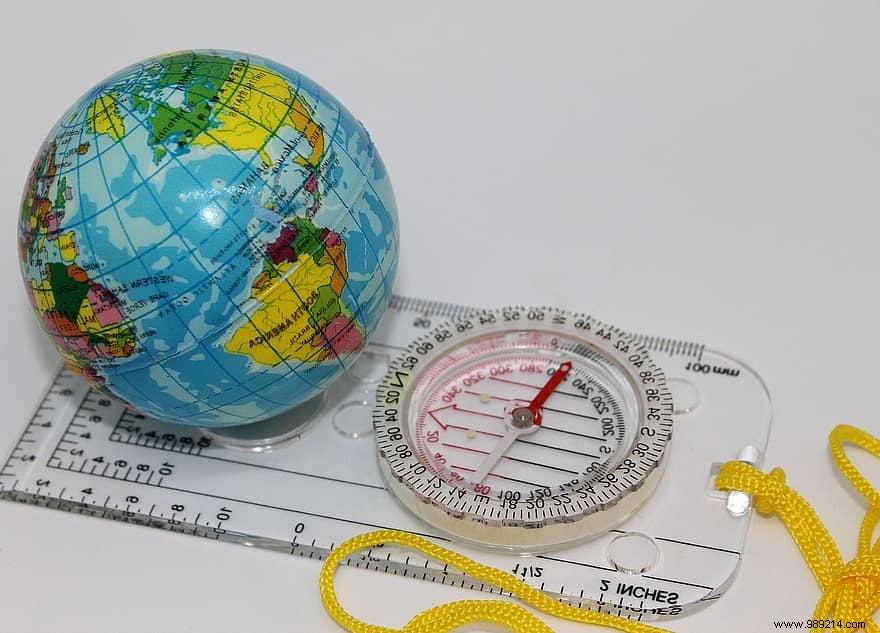People claiming to have no sense of direction are not uncommon. While there are so many individuals who take such statements lightly, it is nevertheless a very real affection.
Sense of direction embodies the ability to find one's way. In other words, it's about getting from point A to point B without a hitch. The journey begins with the determination of the initial position through landmarks in the environment . It's really about picking a route and following it. It is also a question of verifying that this same route is the right one, via the mental representation of space or using tools such as maps. Finally, the ability to identify the point of arrival is obviously very important.
In a study published in 2009, expert in cognitive neuroscience Giuseppe Iaria, from the University of Calgary (Canada), evoked the topographic orientation – scientific name of the meaning of orientation. People without this sense have a particular condition:developmental topographic disorientation (DTD) . In his study, the researcher detailed for the first time the case of a woman who had never been able to orient herself correctly in her environment.

According to the expert, topographic orientation requires large neural networks for its proper functioning. However, the fact is that a majority of individuals are unable to put a map in their head during their travels. In his book Mind in Motion (2019), Professor Emeritus of Psychology at Stanford University (USA) Barbara Tversky explains how most people do it.
The interested party refers to a combination of methods . It is a mixture of turn-by-turn directions, bird's-eye views and general information in the form of maps. However, it should be noted that most navigational directions of medium complexity depend in part on the ability of people to understand the perspective of a map. In other words, people with developmental topographic disorientation follow a piecemeal route . Thus, the latter have no expanded spatial understanding and learn to navigate their environment without any mental map of their destination.
There is a solution, however, which is to guide the person using sequences of short routes. However, it is incumbent not to cross the threshold of structuring the benchmarks in the form of a map. If necessary, the individual will inevitably fall back into his faults.